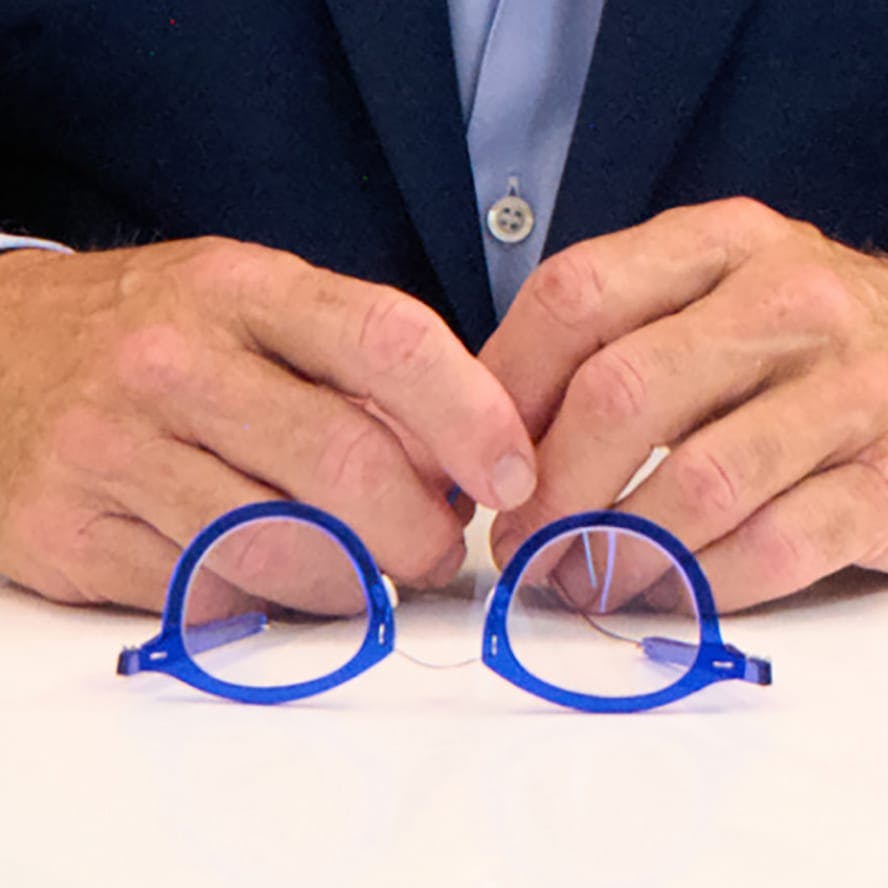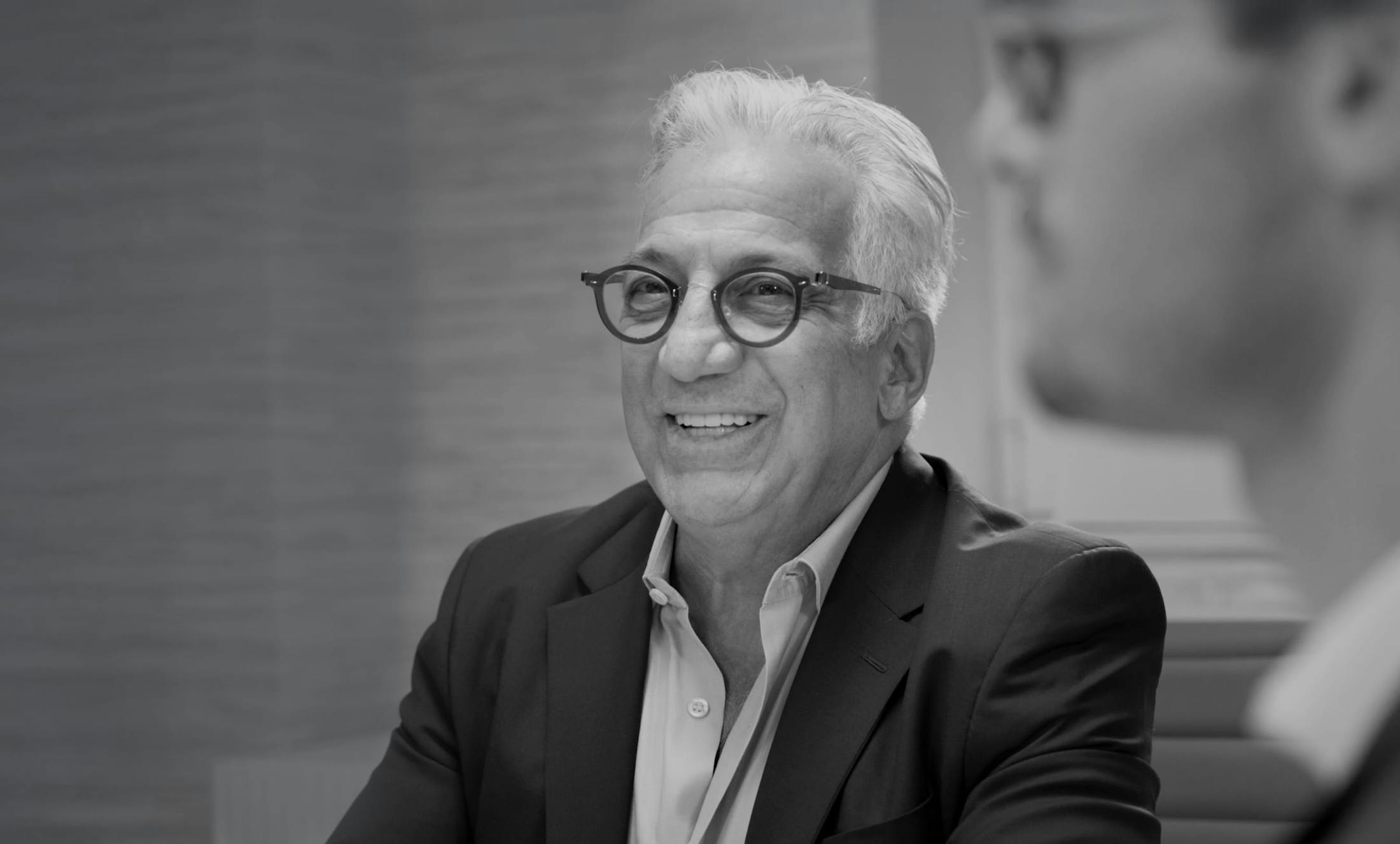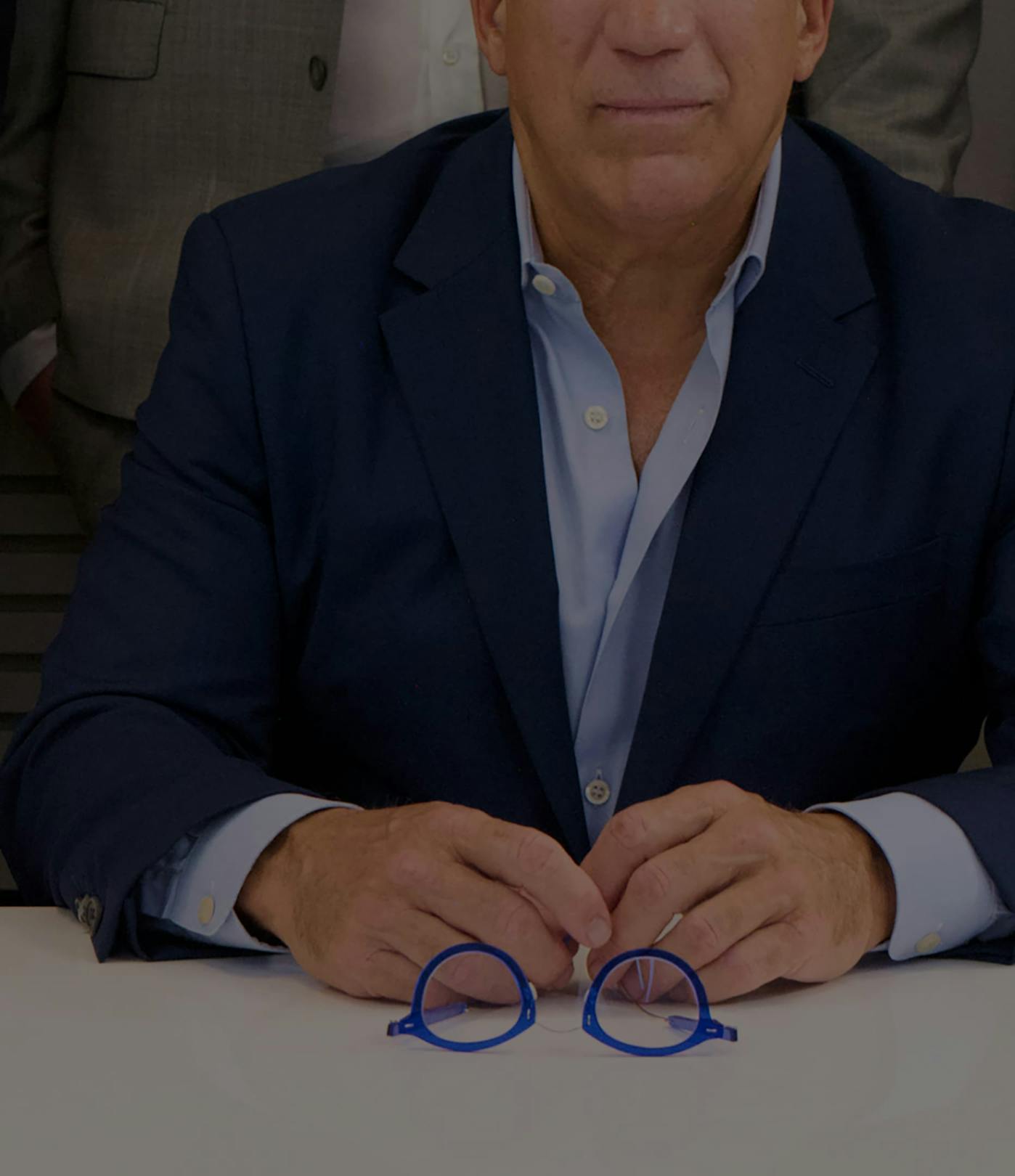Restore receding gums with a minimally invasive procedure that avoids grafting and ensures a quick recovery.
What Is the Pinhole Surgical Technique?
The Pinhole Surgical Technique (PST™) is a revolutionary, minimally invasive procedure for treating gum recession. Unlike traditional grafting methods that require scalpels, sutures, and tissue harvesting, PST uses a small pinhole in the gum tissue to reposition it over exposed roots. This advanced technique restores the natural gum line while dramatically reducing discomfort, healing time, and the risk of complications.
At Rejuvenation Dentistry, we combine this groundbreaking method with our biologic philosophy, ensuring every treatment supports your overall health and well-being. Developed by renowned dentist Dr. John Chao, PST has transformed gum recession care, offering immediate results and unparalleled comfort. With no need for multiple surgical sites, PST is gentler on the body, making it the preferred choice for achieving a healthy, balanced smile.








